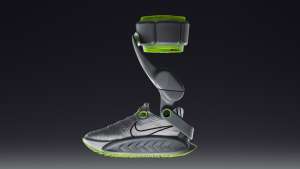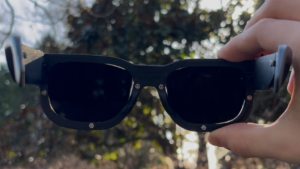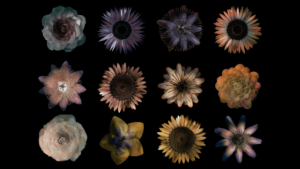Japanese product designer Naoto Fukasawa likens his design approach to the act of walking: “When you’re walking, you don't really think about your legs, the floor or your shoes – you just walk, which means your body already knows where to put your feet without thinking. Your body is naturally and inevitably harmonised with the environment.”
His designs are sympathetic to human nature and often emerge from the environment or from patterns of use – what he refers to as “design dissolving in behaviours”. This makes the resulting objects or products seem familiar, as if you’ve seen or used them before.
As Tim Parsons puts it in his book, Thinking Objects: Contemporary Approaches to Product Design: “Fukasawa’s designs often have this equation-like elegance from which a sense of the authentic emerges. Even when he is unable to find a behavioural connection and he reverts to minimalism, his products seem not to alienate.”
Fukasawa sees his design process not as about making things that he conjures up but rather "reading the mind or body of the user" and creating a seamless interaction between the user, environment and object.
My product is already in your mind, you just haven’t seen it yet, he explains.
Fukasawa believes that the concept of interaction design hould be extended beyond the context of software interfaces to include products or objects.
“I like designing simple products and physical interaction,” he says. “Design is key to making us happy.”








